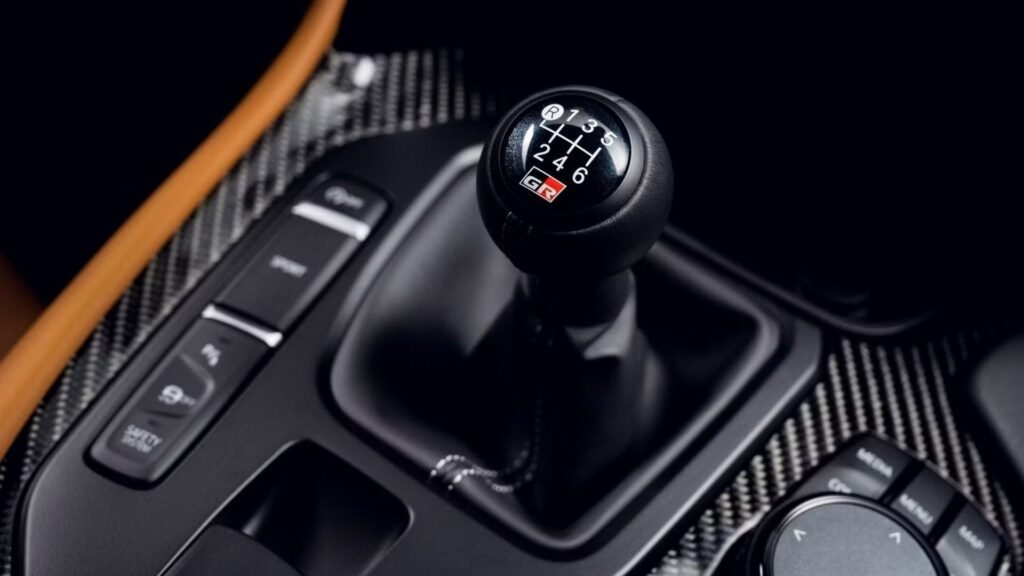Manual Cars vs. Electric Vehicles
When choosing a car, you might wonder how manual cars compare to electric vehicles (EVs). Both have unique features, benefits, and drawbacks. Understanding these differences can help you make a more informed decision based on your needs and preferences. In this post, we’ll explore manual cars and electric vehicles, highlighting their characteristics, advantages, and limitations.

1. Driving Experience
Manual Cars
Manual cars provide a hands-on driving experience. With a manual transmission, drivers must shift gears manually, giving them more control over the vehicle’s performance. Enthusiasts enjoy the direct connection to the car and the ability to engage more with the driving process. This experience can be thrilling, especially on winding roads and in performance-oriented models.
Electric Vehicles
Electric vehicles offer a different driving experience. Most EVs come with automatic transmissions, providing a smooth and effortless driving experience. The instant torque from electric motors delivers quick acceleration and a quiet ride. EVs often feature regenerative braking, which recovers energy during braking and can enhance driving efficiency.
2. Fuel Efficiency and Costs
Manual Cars
Manual cars typically offer better fuel efficiency than their automatic counterparts, though the difference can be modest. The ability to control gear shifts and engine RPMs allows for optimized fuel consumption. However, maintenance costs for manual transmissions can be higher if repairs are needed.
Electric Vehicles
Electric vehicles excel in fuel efficiency since they use electricity instead of gasoline. EVs have no traditional fuel costs and are cheaper to charge compared to refueling a gasoline car. Additionally, EVs often have fewer moving parts than manual cars, which can lead to lower maintenance costs. However, the initial purchase price of an EV can be higher, though incentives and tax credits may offset this cost.
3. Environmental Impact
Manual Cars
Manual cars have a moderate environmental impact. They still rely on gasoline, which contributes to greenhouse gas emissions and air pollution. Fuel efficiency improvements in manual cars can help reduce their overall environmental footprint, but they do not eliminate emissions.
Electric Vehicles
Electric vehicles are more environmentally friendly. They produce zero tailpipe emissions, reducing their impact on air quality. However, the environmental benefits of EVs can depend on how the electricity used to charge them is generated. Renewable energy sources enhance the overall environmental benefits of EVs.
4. Convenience and Usability
Manual Cars
Driving a manual car requires more effort and skill. In heavy traffic or hilly terrain, constantly shifting gears can become tiring. Manual cars also require drivers to be more engaged in the driving process, which might not suit everyone’s preferences.
Electric Vehicles
Electric vehicles offer greater convenience, particularly with their automatic transmissions. They are easier to drive in stop-and-go traffic and require less driver intervention. Additionally, many EVs come with advanced features like autopilot and driver assistance systems, enhancing overall driving comfort and safety.
5. Maintenance and Longevity
Manual Cars
Manual cars have a reputation for reliability, but they require regular maintenance. Clutch replacement and transmission fluid changes are necessary to keep the manual gearbox functioning smoothly. Proper care can ensure a long lifespan for a manual car.
Electric Vehicles
Electric vehicles generally require less maintenance than manual cars. They have fewer moving parts, so there is less wear and tear. There is no need for oil changes, and the brakes often last longer due to regenerative braking. However, the battery is a crucial component, and its lifespan can impact the vehicle’s longevity. Battery replacement costs can be significant, but many EVs come with warranties that cover the battery for several years.
6. Technological Advancements
Manual Cars
Manual cars have seen limited technological advancements compared to electric vehicles. Most improvements in manual cars focus on refining driving dynamics and enhancing comfort features. Manual transmission technology remains largely traditional, though some modern manual cars incorporate advanced driver assistance systems.
Electric Vehicles
Electric vehicles are at the forefront of technological innovation. They often feature the latest advancements in battery technology, infotainment systems, and autonomous driving capabilities. EVs are continuously evolving, with improvements in range, charging speed, and overall efficiency.
7. Resale Value
Manual Cars
Manual cars can have varying resale values. While they may appeal to enthusiasts, they might not attract as many buyers as automatics, potentially affecting their resale value. However, certain rare or performance-focused manual cars can maintain strong resale values.
Electric Vehicles
Electric vehicles are gaining popularity, which can positively impact their resale value. As more people seek environmentally friendly options, the demand for used EVs is increasing. Factors like battery condition and range can influence an EV’s resale value.
Conclusion
In summary, manual cars and electric vehicles each offer unique advantages and disadvantages. Manual cars provide a more engaging driving experience and often better fuel efficiency but may require more effort and maintenance. Electric vehicles, on the other hand, offer convenience, lower environmental impact, and reduced maintenance needs but can have higher upfront costs. Choosing between them depends on your driving preferences, environmental concerns, and budget. By understanding these factors, you can select the vehicle that best suits your needs and lifestyle.

